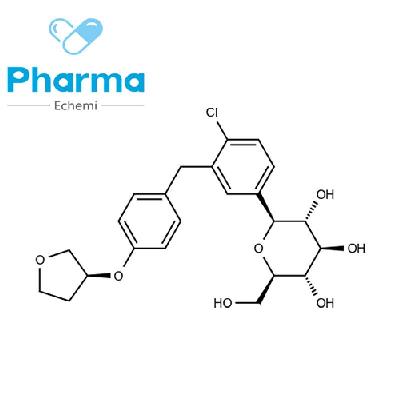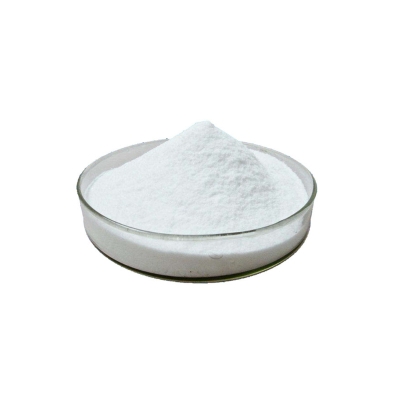-
Categories
-
Pharmaceutical Intermediates
-
Active Pharmaceutical Ingredients
-
Food Additives
- Industrial Coatings
- Agrochemicals
- Dyes and Pigments
- Surfactant
- Flavors and Fragrances
- Chemical Reagents
- Catalyst and Auxiliary
- Natural Products
- Inorganic Chemistry
-
Organic Chemistry
-
Biochemical Engineering
- Analytical Chemistry
-
Cosmetic Ingredient
- Water Treatment Chemical
-
Pharmaceutical Intermediates
Promotion
ECHEMI Mall
Wholesale
Weekly Price
Exhibition
News
-
Trade Service
Background: Nuclear factor 1a (HNF1A) diabetes mellitus is a single-gene subtype of diabetes, also known as type 3 adolescent mature diabetes mellitus (MODY
Other limitations are the problem of recurrent hypoglycemia in the use of SUs in some patients, and SUs can also lead to weight gain, as observed in patients with type 2 diabetes
Objective: In this study, the infusion rates of GLP-1 and GIP were selected to mimic the postprandial plasma levels
Methods: 10 HNF1A mutation carriers and 10 control subjects without diabetes mellitus were enrolled for double-blind, placebo-controlled, cross-over studies, including 6-day randomized sequence experiments involving 2-hour normal blood glucose-hyperglycemia clamping, co-administration: 1) SU (glimepiride 1 mg) or placebo, combined with 2) GIP (1.
Results: In HNF1A mutation carriers, we observed: 1) hypoinsulinemia, insulinotropic effects of GIP and GLP-1, 3) superimpotent effects on insulin secretion when combined with SU1GIP and SU1GLP-1, respectively, and 4) increased
Table 1 Overview of HNF1A mutations, treatment, and diabetic status
Figure 1- GIP, GLP-1, plasma glucose, and glucose infusions
Table 2 Glucose, C-peptide, C-peptide/glucose and glucagon
Figure 2—C-peptide and C-peptide/glucose
Figure 3 - Insulin and glucagon
Figure 4-SU and incretin interaction.
Conclusions: Our study suggests that combination therapy with SU and incretin-based insulin may be effective
Christensen AS, Hædersdal S, Storgaard H, et al.







